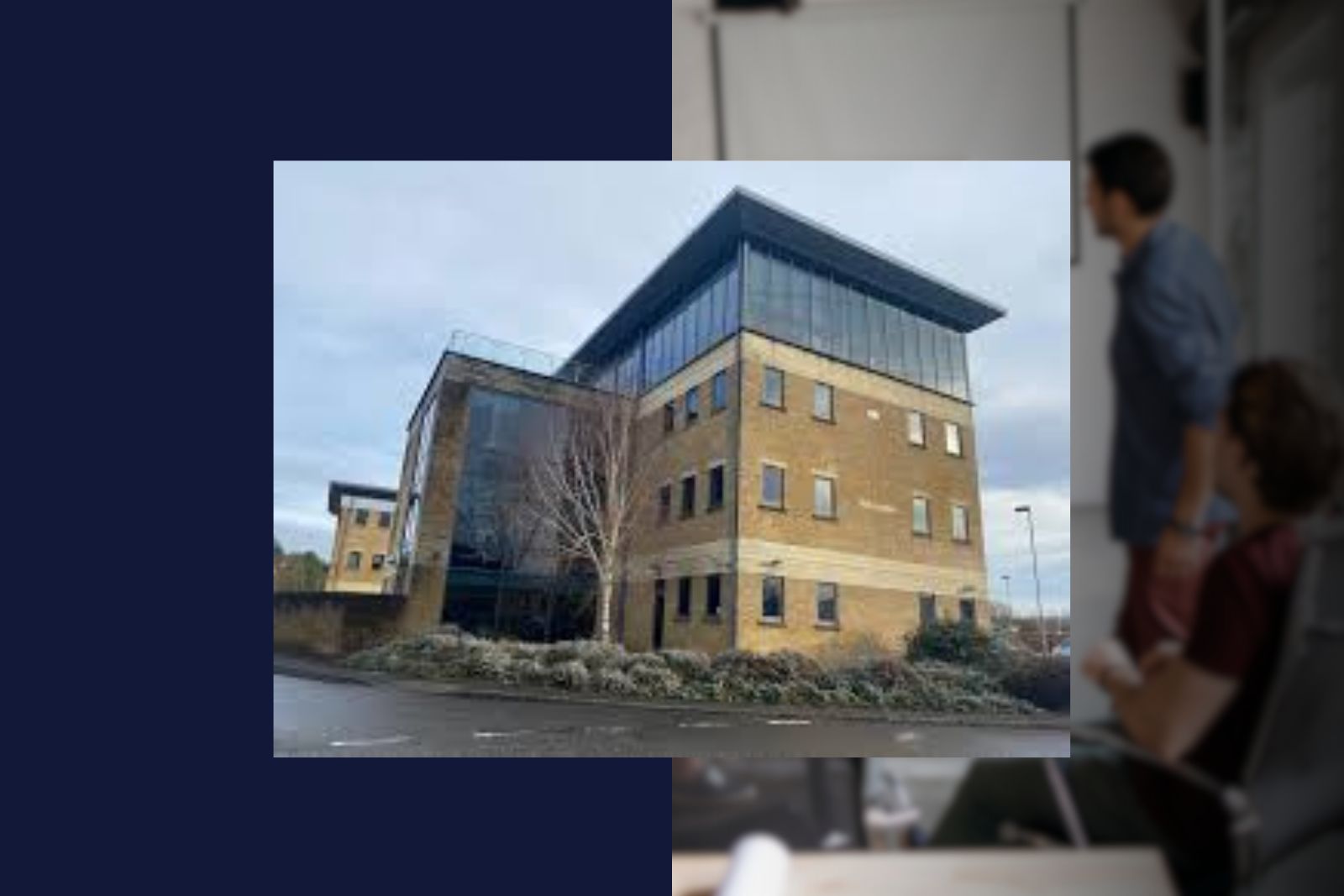DevOps is a methodology, a set of core values and practices that you can use to change the way development teams work. DevOps has been adopted in several industries, including enterprise IT, cloud computing, and mobile development.
The two terms (DevSecOps and DevOps) are often used interchangeably or as synonyms of each other. The evolution of application development towards an automated practice followed by the release and deployment of solutions is commonly referred to as DevOps.
What is DevSecOps?
DevSecOps is the evolution of security, defined as the engineering practice and processes to secure the application from the actual release and deployment of solutions. DevSecOps is taking the evolution of application development further, moving it to the “Dev” realm.
Difference between DevOps and DevSecOps?
Let’s start with DevOps & DevSecOps Definitions. DevOps is the combination of Development and Operations. DevSec is an abbreviation for Dev Security. It is a practice to secure your applications in Development Phase and later on during deployment. This practice implements app sec practices much earlier than usual.
DevOps aims to unify the process of development, operation and deployment.
The primary difference between DevOps and DevSecOps is the latter’s focus on observability. Observability allows the developers to monitor the application at every stage. Knowing what is happening all the way through the process makes it easier to secure the application or indeed identify threats.
It also makes traceability much easier. Traceability is the ability to see what user stories are being deployed in runtime at any moment. Beyond that DevSecOps also allows us to prove what we can trace.
DevSecOps moves us from the DevOps process of “security last.” It requires us to view security as everyone’s responsibility. The entire DevOps teams become active parts of the security teams. This is a massive win in continuous delivery and a continuous integration environment.
Benefits of a DevSecOps Approach
In one sentence, the DevSecOps approach allows us to mitigate risk throughout the application pipeline. We have already covered how this works in the case of observability and traceability. It also brings confidence and compliance. The confidence comes from presenting visuals to non-tech users in a way that they can understand.
Compliance is easier to keep up with when every step is rigorously tracked. This is critical in some industries. Building compliance into the process right from the start saves us headaches later on in the development cycle.
Automation
DevSecOps also brings us automation of security practices and processes. We can now automate tasks that would otherwise take a long time to do manually. This greatly improves the productivity of our DevSecOps team while still ensuring we get the same consistent results.
The DevSecOps approach allows us to set up activities such as mutation detection. We can catch these and deal with them automatically through pre-defined approaches.
Active monitoring
Automation has its place, but DevSecOps is also about continuous monitoring and active investigation. This requires DevSecOps personnel to be constantly searching for threats and vulnerabilities in the software development process. DevOps may monitor code changes as a security measure, DevSecOps monitors all other aspects of the software delivery pipeline continuously.
DevOps practices benefit from active monitoring. Continuous deployment may often leave you vulnerable to security issues. DevSecOps may identify vulnerabilities before DevOps even becomes aware of them.
Active investigation DevOps can be tailored to automate the process DevOps workflow. DevSecOps is all about doing things manually at first and then automating them when possible. This ensures that there are no gaps in security coverage as a result of automated processes and DevSecOps.
Security Testing Methods
We can categorise our testing methods based on the tools that we use. They can either be known or unknown vulnerabilities. You may be familiar with the idea of known vulnerabilities from antivirus programs. Issues that are found are recorded and shared. That means you can then automate the solutions. You can also automate the testing process for these. One way to do it is through Software Component Analysis.
You can track unknown vulnerabilities through static analysis or dynamic analysis. The static analysis tracks issues that are found through the manual process of reading through source code. Dynamic analysis checks that the application meets security requirements as it runs.
In DevSecOps, you have to consider known vulnerabilities during both DevOps and DevSecOps processes.
Moving from DevOps to DevSecOps
DevOps has a focus on reducing the time to market. Transitioning adds new constraints, like security. DevSecOps requires that developers and DevOps engineers have more knowledge about security controls and testing methods. This is because they have to pay attention to known vulnerabilities and try to eliminate potential unknown vulnerabilities. DevSecOps can help DevOps teams meet security requirements as a key part of their quality assurance testing.
An Agile Framework
Using an Agile framework such as DevOps requires DevOps engineers to be good at continuous integration and automation. DevOps tools help to develop DevSecOps processes — it allows DevOps teams to focus more on developing secure code compliant with security regulations. DevOps projects still have a DevSecOps aspect. However, they have less comprehensive security testing than their DevSecOps.
Build-Once, Run-Anywhere
Collaboration of development will often improve the speed of delivery. To successfully have a build-once, run-anywhere process, DevOps engineers must design DevSecOps processes to support DevOps. DevSecOps allows DevOps engineers to monitor what is running on each host, and if an unauthorized process has started, it can be killed immediately. This requires clear communication among teams throughout the application development life cycles.
Everything as Code
Viewing everything as code is DevOps. DevSecOps, too must view everything as code. DevOps is the practice of testing your application in a development environment that mimics production. DevSecOps is the practice of implementing DevOps processes that enables continuous release without human intervention or friction. DevSecOps ensure that you can make high-frequency releases without compromising security and compliance.
Communication and Collaboration
Communication and collaboration are not limited to what we say to one another. Having a remote workforce can bring an interesting dimension to this. A key part of it is developing and documenting continuous processes. These would be used together with continuous testing to identify and deal with potential vulnerabilities.
Conclusion
There is a significant increase in cybersecurity threats worldwide. DevOps and DevSecOps have key security components built into their processes. The latter takes it a step further. While DevOps has a “security last” approach, DevSecOps places security from the start to the end of the application development process.
Being able to automate security processes is of utmost importance in the fast-paced cybersecurity space. DevSecOps is a security-oriented DevOps implementation that is designed to perform automated security checks throughout the DevOps cycle.
DevSecOps tools can be added as part of DevOps or implemented outside DevOps altogether. They both offer efficiency, speed, and accuracy in app development/deployment. DevOps without DevSecOps would miss out on the thorough and progressive preparation for security.
Find out how we can assist you through our DevOps Consulting.



